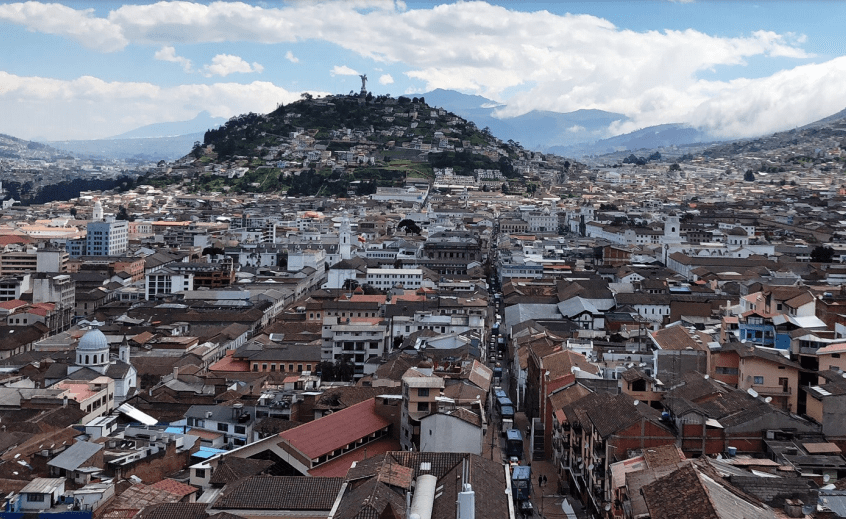The government of Ecuador promotes a Public-Private Alliance (PPP) for interception and wastewater treatment works for the city of Quito and neighboring parishes – Vindobona.
With an investment of 792.4 million dollars, this project will be presented this Thursday as part of the Open for Business 2021 summit.
Its estimated construction time is 7 years.
On the one hand, it includes the interception and conduction of the existing discharges from the city of Quito, through two tunnel outfalls.
On the other hand, a wastewater treatment would be carried out to achieve an effluent of the appropriate quality for the uses of the Guayllabamba river downstream of the discharge.
In addition, it includes the treatment of a portion of “first-flush” rainwater at the preliminary treatment level (Quito Alcantarillado Combinado) and three hydroelectric generation plants, two in line that will use raw water and one located in the discharge of the WWTP that will take advantage of the treated water.
Components
Tunnel – Outfall from the Tola Baja sector (Central Sector of Quito) to the Vindobona WWTP (North Sector of Quito) (D = 3.70 m; L = 28 km).
Tunnel – Outfall from the San Antonio de Pichincha sector (North-West of Quito) to the Vindobona WWTP (D = 3.70 m; L = 2.50 km).
WWTP Vindobona stepped feed activated sludge; flow of 7.55 m3/s to the year 2045; peak capacity of 11.5 m3/s; and, it will generate 101 tons/day of biosolids.
The hydroelectric generation plants will have a combined capacity of 43 MW, sufficient energy to self-supply the operation of the WWTP and additionally produce surpluses for the benefit of the project.
Wastewater treatment
Quito, the capital of Ecuador, is home to approximately 2 million people and sits at an average altitude of 2,800 meters above sea level.
The potable water and sewerage coverage in Quito corresponds to 99.93% and 95.83%, respectively.
But at present, wastewater treatment is very limited.
In addition, the City discharges an estimated 128 MGD of wastewater into the surrounding streams and rivers, which is expected to grow to 180 MGD by 2045.
![]()

